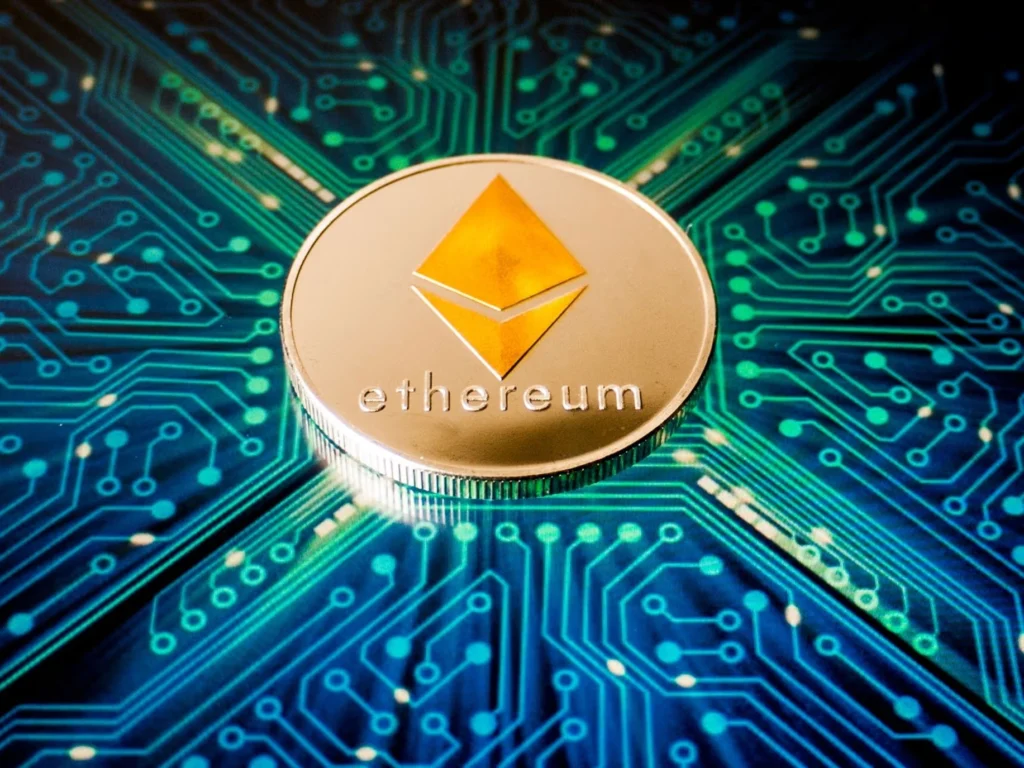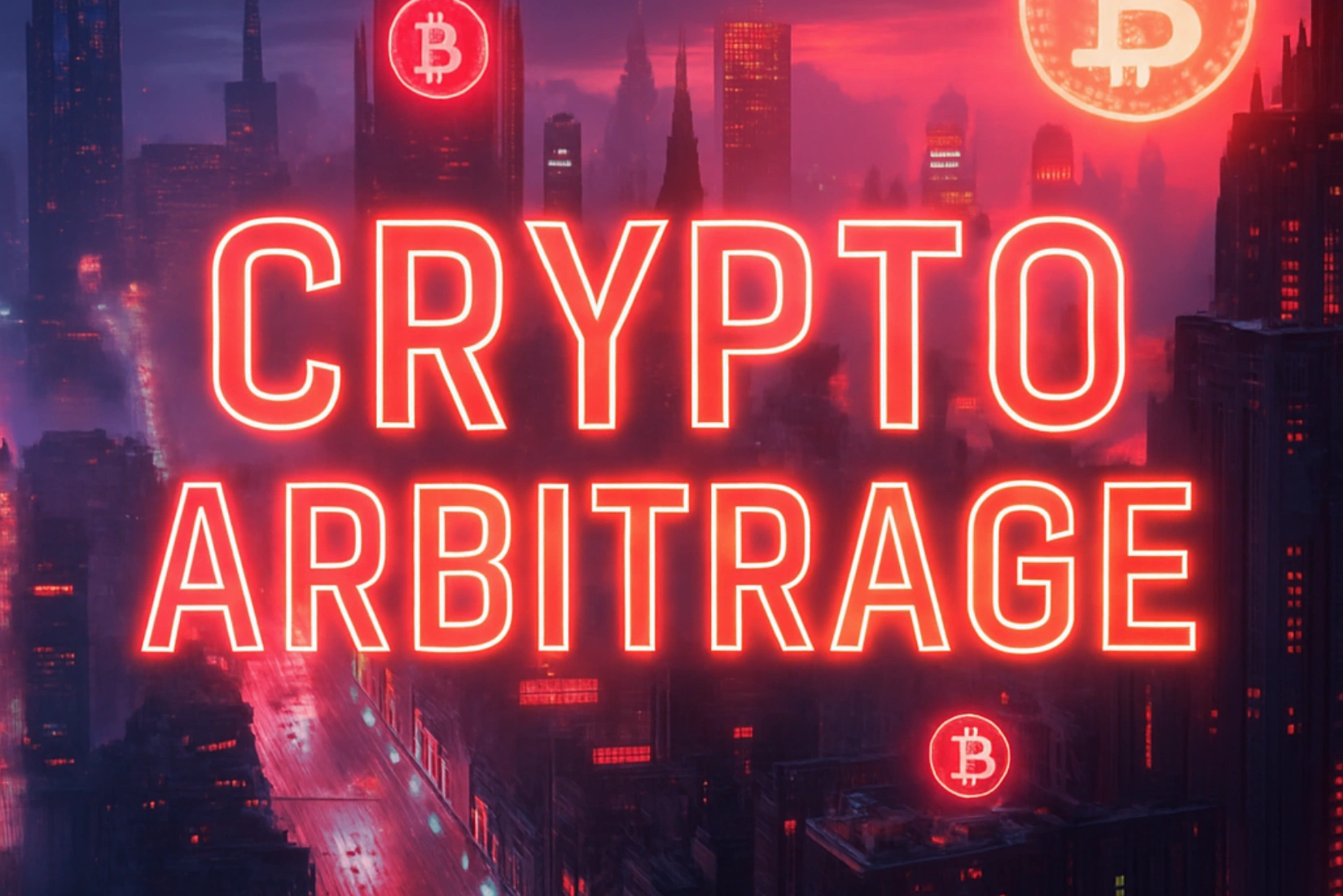When people hear about crypto arbitrage, the first reaction is usually:
“Wait… is this legal?” or “Sounds too easy to be real.”
And honestly? Fair question.
The basic idea — buy a coin cheaper on one exchange and sell it for more on another — does sound like a dream. But if you’re imagining pressing a button and watching cash roll in, slow down.
This guide walks you through what arbitrage is, how to actually do it (safely), and whether it’s even worth your time in 2025.
What Even Is Crypto Arbitrage?


Put simply, crypto arbitrage means profiting from price differences.
Since exchanges like Binance, Kraken, or Coinbase operate independently, they sometimes show slightly different prices for the same coin — even just a few dollars.
That tiny gap? That’s your opportunity.
Example:
- Ethereum is $3,000 on Exchange A
- Ethereum is $3,020 on Exchange B
Buy on A, sell on B = $20 profit
(assuming you’re fast and fees don’t eat it all)
Sounds easy, right? But there’s more under the hood.
How to Do it Without Losing Your Shirt


Here’s a quick breakdown of the 3 main ways people do crypto arbitrage — plus what can go wrong if you’re not careful.
1. Simple Arbitrage (a.k.a. Spot Arbitrage)
This is the most basic version.
Buy low on one exchange → send to another → sell high.
Sounds straightforward, but it’s a race against time — especially when you’re waiting for blockchain confirmations.
Tips:
- Use fast exchanges (low withdrawal time)
- Pre-fund your accounts to skip deposit delays
- Always double-check fees — some networks charge a lot
2. Triangular Arbitrage (All-in-One Exchange Trick)
No need to move coins between platforms.
You’re staying on one exchange but trading between three different currencies to exploit mismatched conversion rates.
Example:
BTC → ETH → USDT → back to BTC
If the math works out, you end up with slightly more BTC than you started with.
It’s fast, but you’ll need:
- Sharp math skills
- Fast reflexes
- A calm mind under pressure
3. Automated Arbitrage (Trading Bots FTW)
Bots don’t sleep. Some traders use software that constantly monitors exchanges and jumps on micro-price differences.
You’ll need:
- Reliable bots (free or paid)
- Access to multiple exchanges
- Some technical know-how (or a friend who has it)
It’s less hands-on — but still risky if you’re not watching fees or liquidity closely.
Things That Can Wreck Your Arbitrage Attempt

Here’s where things can get messy:
- Transfer Delays: If you can’t move coins fast enough, the price gap disappears.
- High Fees: Withdrawal, trading, network — they all chip away at your profits.
- KYC/Withdrawal Limits: Some exchanges limit how much you can move, especially if your identity isn’t verified.
- Slippage: The price changes between the moment you click and the moment it executes — and not always in your favor.
Bottom Line: You need a plan, not just a wallet.
So… Is it Still Worth It?
Short answer: Maybe.
Some call it the “safest” way to trade because you’re not betting on prices going up or down — just catching short-term gaps. But with bots, tighter spreads, and more competition, it’s not as easy as it was a few years ago.
Still, for patient and detail-oriented traders, it can still work — especially in volatile moments when prices diverge fast.
Final Thoughts: Mastering How to Do Arbitrage

If you’ve read this far, hats off — you’re already ahead of the “buy high, sell low” crowd.
Crypto arbitrage isn’t a scam or a get-rich-quick scheme. It’s more like a side hustle that rewards speed, focus, and planning.
- Start small
- Track everything
- Don’t get greedy
- Expect mistakes — learn from them
Arbitrage is about small, consistent wins — and in crypto, that’s rare and valuable.
Relevant news: Blockchain and RWAs: Real Fix for Finance or Just Another Crypto Dream?




